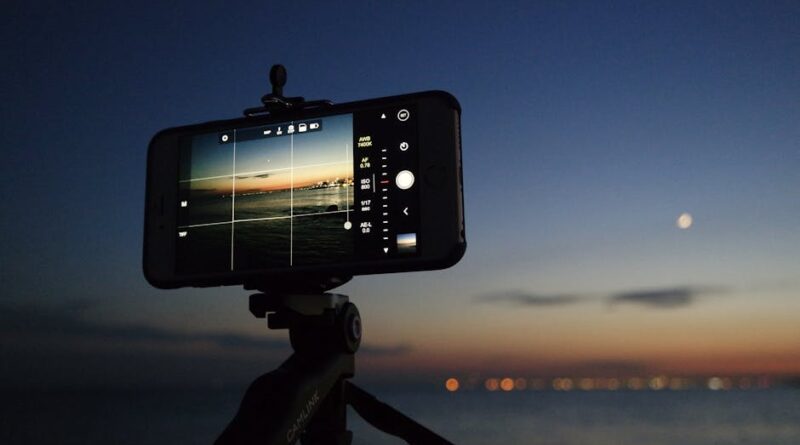Best Lenses for Landscape Photography Reviewed
Are you looking to grab stunning landscape photos? The right lens can make all the difference. With so many options available, it can get overwhelming. Lets break down the best lenses for landscape photography and what makes them shine.
What Makes a Great Landscape Lens?
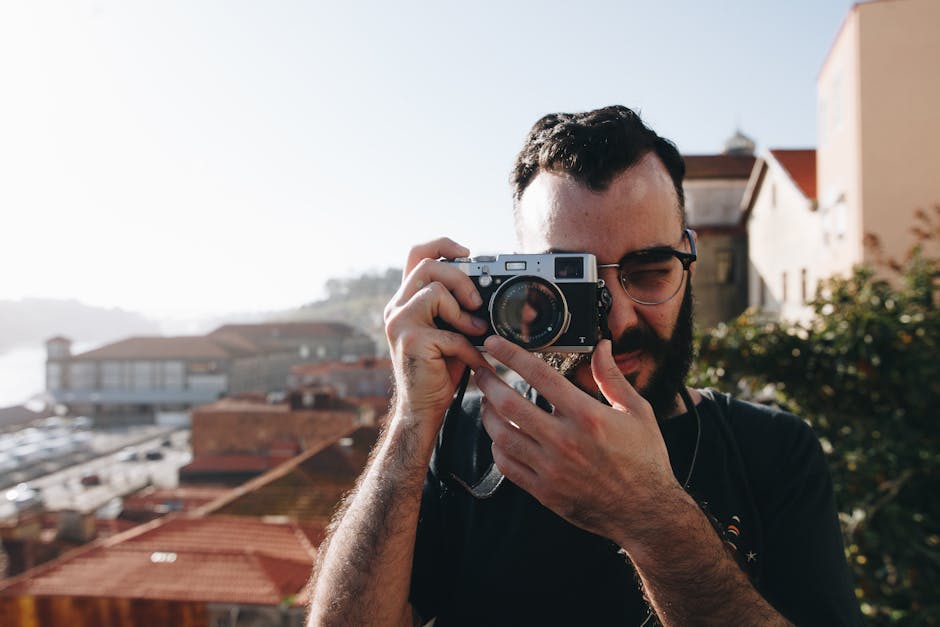
A great landscape lens has a few key characteristics. It should provide sharp images, a wide field of view, and good color reproduction. But how do you choose the right one? Here are some important factors to consider:
- Focal Length: Longer focal lengths can compress the scene, while shorter ones can capture more of it.
- Aperture: A wider aperture (like f/2.8) helps in low light but may not be necessary for landscapes.
- Build Quality: Weather resistance is a plus, especially if you’re shooting outdoors.
Now that we know what to look for, lets dive into some of the best lenses available.
Which Lenses Are Best for Landscape Photography?
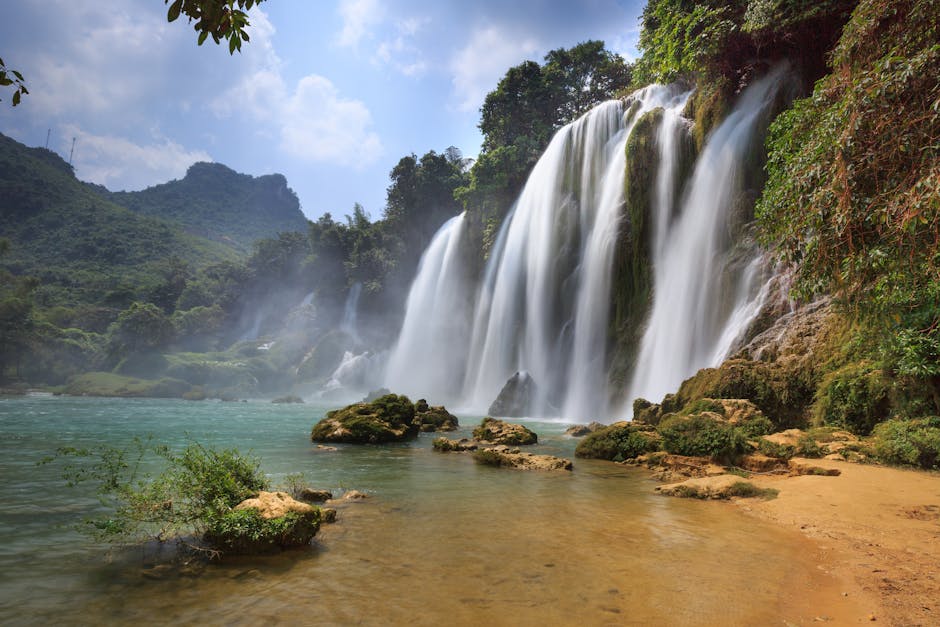
1. Canon EF 16-35mm f/4L IS USM
This lens is a favorite among Canon users. With it’s wide-angle view, it allows you to capture sweeping landscapes beautifully. It has image stabilization, which helps in low-light situations. You can shoot handheld without worrying about blurriness.
- Pros: Sharp images, weather-sealed, good for both video and photos.
- Cons: A bit heavy for long hikes.
2. Nikon AF-S NIKKOR 14-24mm f/2.8G ED
Nikon lovers will enjoy this lens. It offers an ultra-wide angle, perfect for capturing vast landscapes. The f/2.8 aperture shines in low light and creates beautiful background blur.
- Pros: Excellent sharpness, great low-light performance.
- Cons: No image stabilization.
3. Sony E 16-55mm f/2.8 G
If you’re using a Sony camera, this lens is a must-have. It covers a useful range from standard to wide-angle. The constant f/2.8 aperture allows for good depth of field, making it versatile for various situations.
- Pros: Compact, sharp images, weather-sealed.
- Cons: Pricey compared to other options.
4. Fujifilm XF 10-24mm f/4 R OIS WR
This lens is perfect for Fujifilm users. The wide angle captures stunning vistas, and the image stabilization helps keep shots crisp. It also has a weather-resistant build.
- Pros: Lightweight, excellent for travel.
- Cons: Slower aperture at f/4.
How Do I Choose the Right Focal Length?
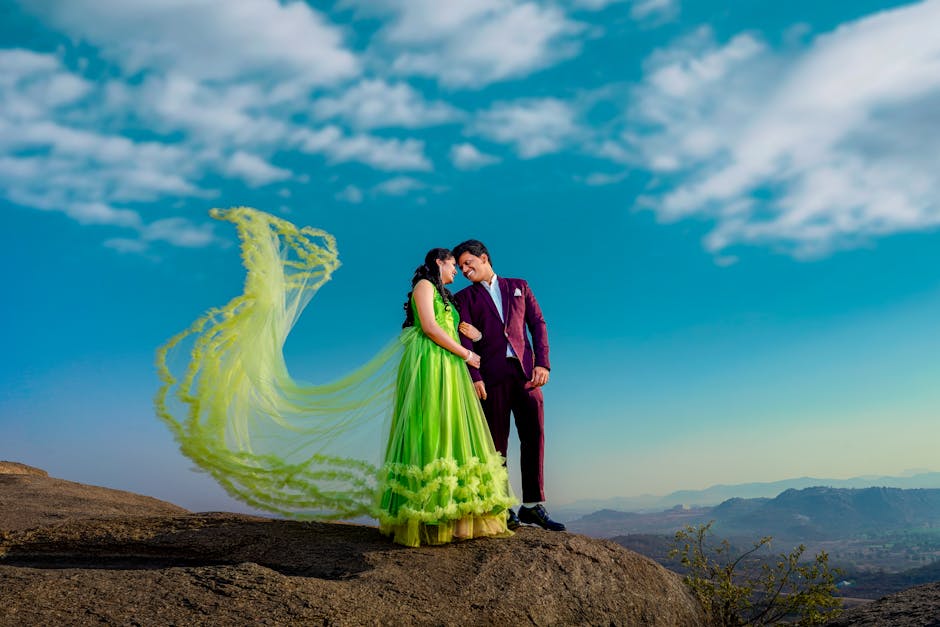
Choosing the right focal length depends on what you want to capture. A wider lens (like 16mm) lets you fit more into the frame, while a longer lens (like 50mm) can zoom in on details. Heres a quick guide:
- Ultra-wide (10-24mm): Great for dramatic landscapes.
- Wide (24-70mm): Versatile for both landscapes and portraits.
- Standard (35-50mm): Good for capturing details and scenes with depth.
Think about the scenes you want to shoot. Do you want the entire valley or just the mountain peak? Your answer will help you choose the right lens.
What About Lens Accessories?
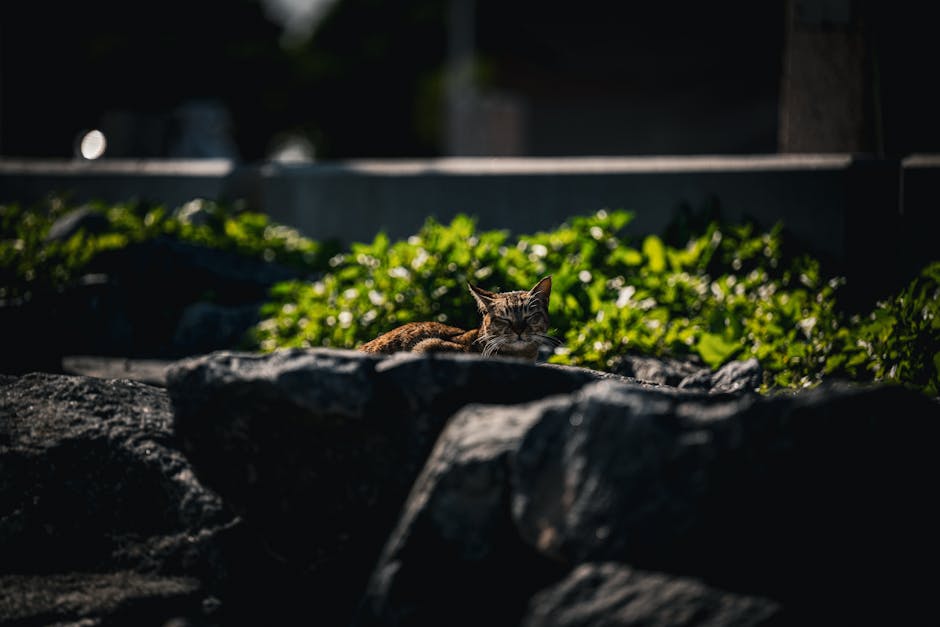
don’t overlook lens accessories! They can enhance your photography experience. Here are a few to consider:
- Polarizing Filters: Reduce glare and enhance colors.
- ND Filters: Allow longer exposures, perfect for smoothing out water.
- Tripods: Essential for stability, especially in low light.
Using these accessories can dramatically improve your photos. They may require an extra investment but are worth it.
Can I Use My Smartphone for Landscapes?
Absolutely! Modern smartphones have impressive cameras. Many even allow you to use external lenses for added versatility. However, you may miss out on the quality and features of dedicated lenses.
For casual photography or travel snapshots, your smartphone is just fine. Just remember to think about composition and lighting, as those are key to great photos.
What Common Mistakes Should I Avoid?
When venturing into landscape photography, avoid these common pitfalls:
- Ignoring the Weather: Cloudy days can create dramatic skies. Don’t wait for sunny weather to shoot.
- Forgetting a Tripod: Stability is crucial, especially in low light.
- Over-Editing: While it’s tempting, too much editing can ruin your photos.
Keep these tips in mind to enhance your photography skills.
Are There Budget Options?
Yes! Not everyone can spend a fortune on lenses. Here are a few budget-friendly options that perform well:
- Canon EF-S 10-18mm f/4.5-5.6 IS STM: Affordable and great for beginners.
- Nikon AF-P DX NIKKOR 10-20mm f/4.5-5.6G VR: Lightweight and easy to use.
- Rokinon 14mm f/2.8: A prime lens that’s budget-friendly and sharp.
These options allow you to start your landscape photography journey without breaking the bank.
How Do I Care for My Lenses?
Proper care will extend the life of your lenses. Here are some simple tips:
- Keep Them Clean: Use a microfiber cloth to clean the glass.
- Store Properly: Use a protective case to avoid scratches.
- Check for Damage: Regularly inspect for dust or scratches.
Taking care of your gear means you can enjoy shooting landscapes for years to come.
Conclusion: what’s Your Next Step?
With the right lens and some practice, you can capture breathtaking landscapes. Whether you choose a wide-angle lens or stick with your smartphone, remember to explore and experiment. don’t be afraid to try different settings and compositions.
Ready to take your photography to the next level? Start with one of the lenses mentioned above, or check out more tips on [this related post](https://example.com/related-post). Embrace the beauty of the outdoors, and happy shooting!
For further reading on photography tips, explore resources from [Photography Life](https://photographylife.com/). They have extensive guides on equipment and techniques.
